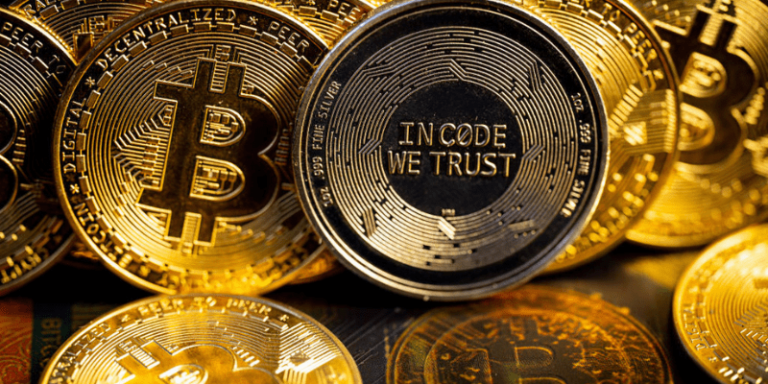Are Digital Currencies the Money of the Future?
A primer on digital currencies.
By: Andrew Moran | February 12, 2020 | 488 Words

(Photo by Jonathan Raa/NurPhoto via Getty Images)
By now, you may have learned about the success of bitcoin. There has been a lot of talk over the years that bitcoin would eventually replace the U.S. dollar but others predict it will probably co-exist with traditional currencies. So, what exactly is a digital currency and what does the future have in store?
What Are Digital Currencies?
Digital currency is a form of money that can only be used with a computer or mobile device. A digital currency has the same traits as physical money, except that it is connected to the internet or a specific network.
There are generally three types of digital currencies:
- Virtual Currency: An electronic and unregulated version of money.
- Cryptocurrency: A version of money that uses cryptography for activities.
- Central Bank Digital Currency (CBDC): A digital form of fiat currency that is issued by the government.
Digital Versus Physical
The distinction between digital and physical money rests on centralization versus decentralization. Digital currency is money that is created, recorded, and stored electronically. It can be centralized, so there is a central point of control over the supply of digital currency, or it can be decentralized, when there is zero or very little control over the money supply. Regulation may even come from many different sources.
Physical currency, meanwhile, is printed, issued, and regulated by the central government. The free market isn’t allowed to create money out of thin air (counterfeiting), and everyone has to obey legal tender laws given by the authorities.

And Then There Was Currency
Many people are aware of bitcoin, dogecoin, Ethereum, Monero, and Ripple, but the very first digital currency was born in the early 1990s: DigiCash. Because e-commerce hadn’t begun using digital currency yet, DigiCash failed.
It was not until later that digital financial transactions became common. The first digital currency became successful on the internet in 2009.
Is the Future of Money Digital?
All over the world, societies are gradually going cashless. A physical Swedish krona or a Danish krone is hard to find as these countries have adopted the latest technology to replace money that you can touch. Many marketplaces already depend on mobile devices, plastic cards, digital units, and technologies to perform commerce. It is only a matter of time before governments adopt digital currency – central banks are beginning to experiment with CBDCs.
Will bitcoin or litecoin replace the U.S. dollar or other traditional currencies? Unlikely. That said, digital currencies are here to stay.
~
Glossary
Currency: A system of money in common use. Different countries often have different currencies such as the U.S. dollar, the Mexican peso, or the European euro.
Unregulated: Not controlled by laws or regulations/rules.
Cryptography: A system of secret codes.
Fiat currency: Money that is backed by a government.
Regulation: Rules or laws imposed by the government or an authority.
Legal tender: Money that is valid for payment of a debt, according to the law.
















